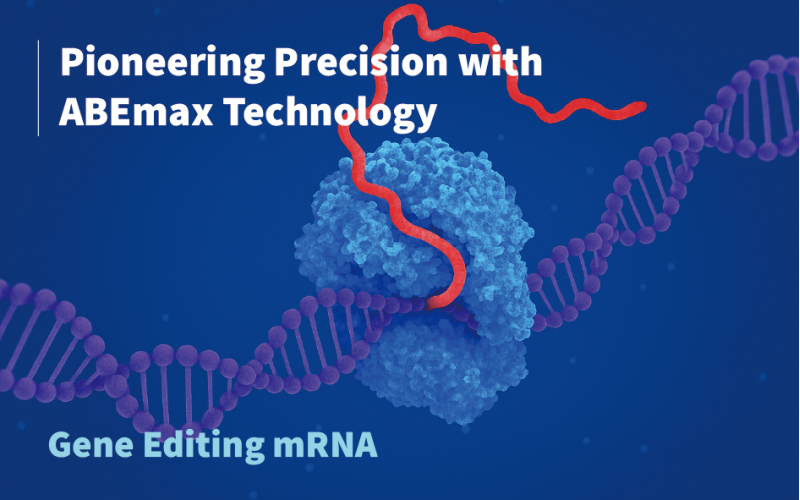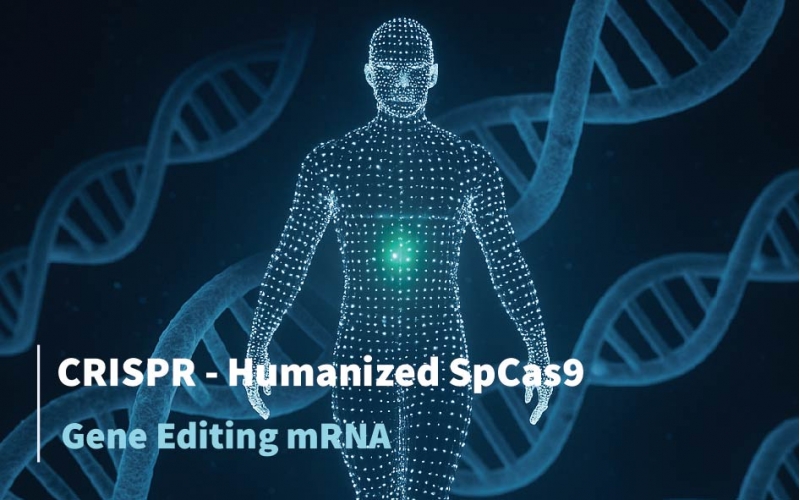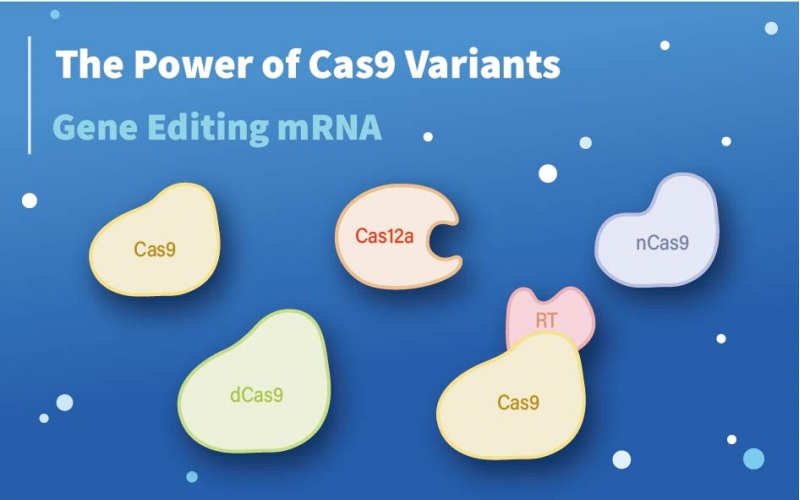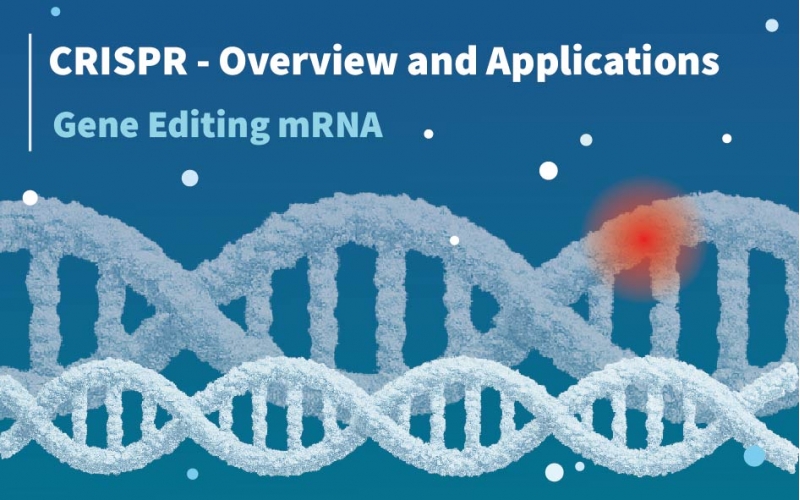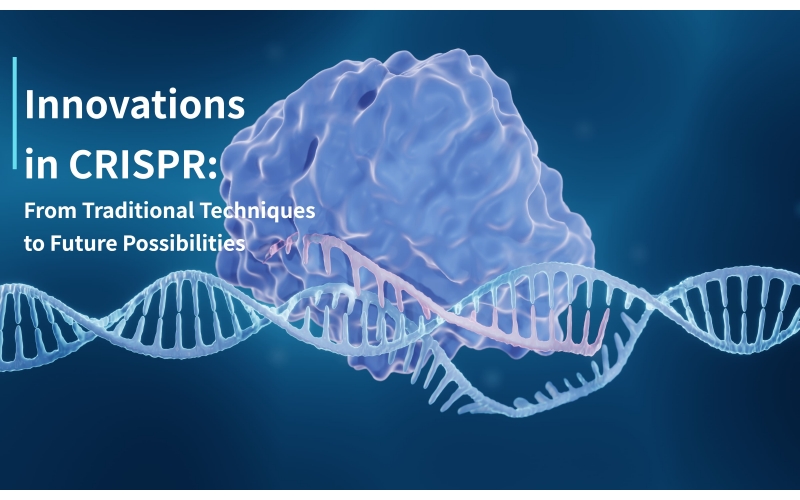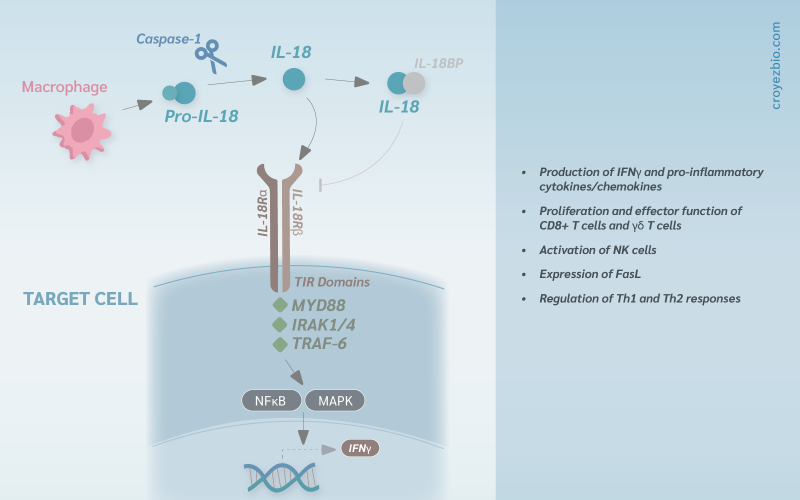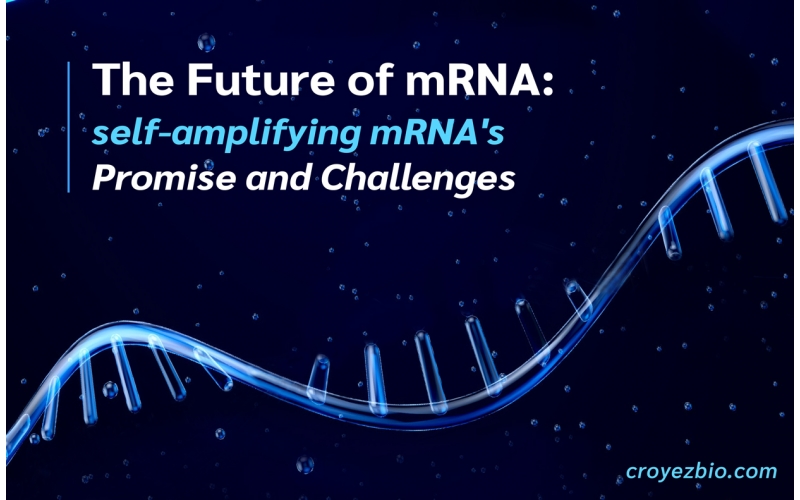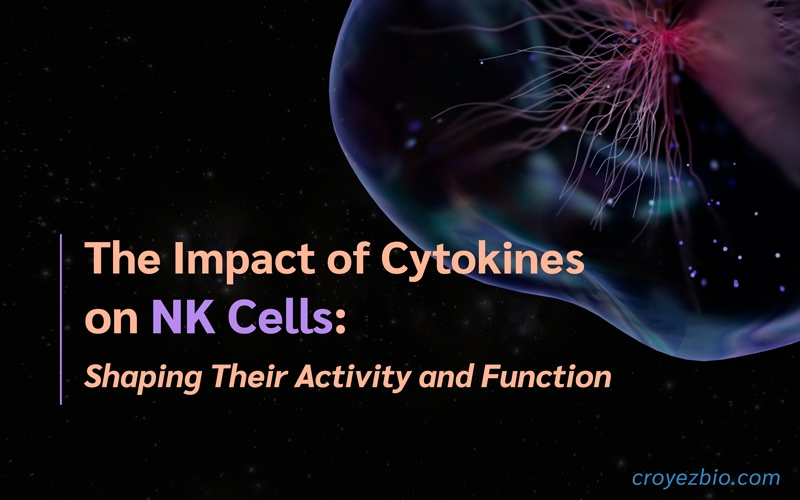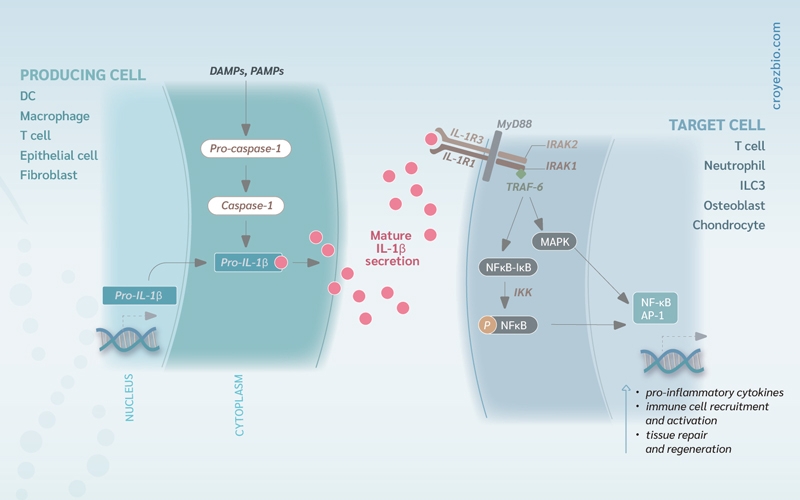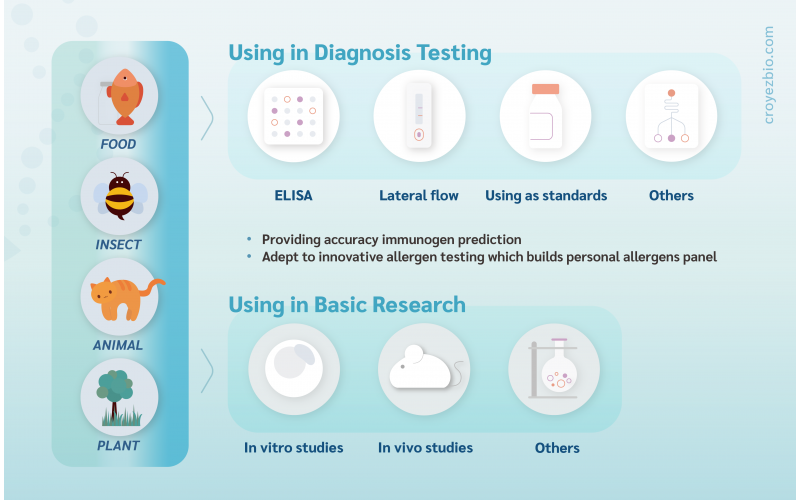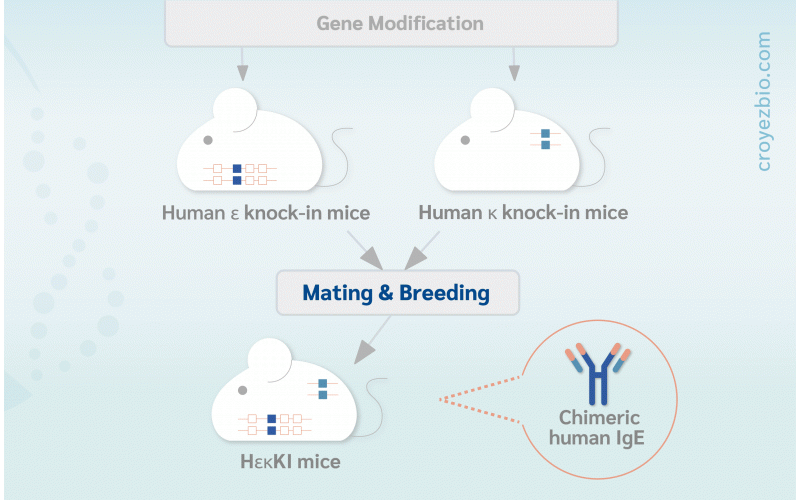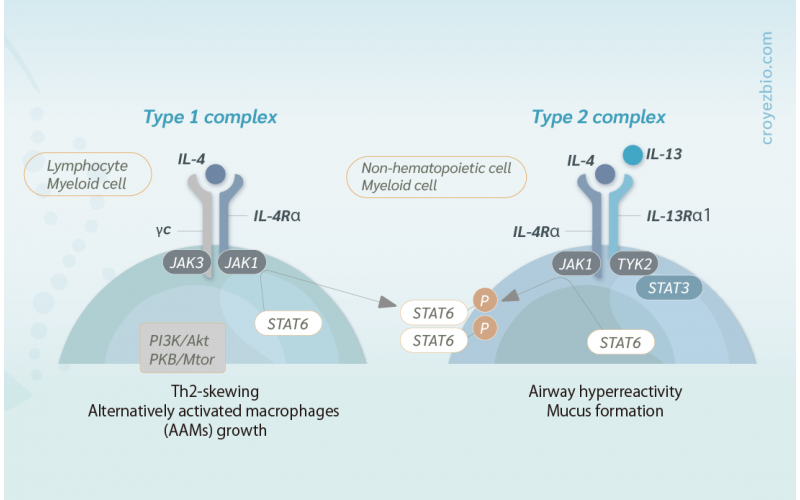-
Pioneering Precision with ABEmax Technology
2025-06-27Overview of ABEmax Technology: Precision A-to-G Editing Without DNA Breaks ABEmax offers a powerful solution for single-base correction using a Cas9 nickase fused with TadA variants. Ideal for research into genetic diseases, ABEmax enables safe and precise genome editing with minimal off-target effects.View Detail -
Humanized SpCas9 mRNA for Precise Gene Editing | CRISPR Cas9 Variants Explained
2025-06-13Learn how humanized SpCas9 mRNA enhances precision in CRISPR gene editing. Explore Cas9 variants including dCas9, Cas12a, and base editors for efficient genome regulation and repair.View Detail -
The Power of Cas9 Variants (All Gene Editing Tools)
2025-04-14Overview of CRISPR Tools: SpCas9, Cas12a, dCas9-KRAB, dCas9 Activator, CBE, ABE, and PEmax The CRISPR technology landscape has evolved significantly, introducing various tools for precise genome editing and regulation. Here’s a detailed overview of some key components.View Detail -
Unlocking Precision CRISPR/Cas Gene Editing and the Power of Cas9 Variants
2025-04-14CRISPR/Cas9 is a genome editing tool where a guide RNA directs Cas9 to a target DNA site, recognizing a PAM sequence to induce a double-strand break. The cell repairs it via error-prone NHEJ or precise HDR, enabling targeted gene disruption or correction. It’s widely used in research and therapeutic development.View Detail -
Innovations in CRISPR: From Traditional Techniques to Future Possibilities
2024-07-19The CRISPR/Cas9 system, composed of the Cas9 protein and guide RNA, allows precise DNA editing by creating targeted double-strand breaks that can be repaired to introduce specific genetic changes.View Detail -
A trainer: IL-18 enhances the battle effectiveness of NK cells against cancer cells
2024-01-30IL-18 has a bility to oversome the short lifespan issue from gamma delta T cell therpay, and it would enhance the proliferation if the cell culture confition in combination with IL-12.View Detail -
The Future of mRNA: Self-amplifying mRNA's Promise and Challenges
2023-10-03In recent years, self-amplifying mRNA (saRNA) has emerged as a groundbreaking technology that holds immense promise in the field of molecular biology and medicine.View Detail -
[ Recombinant Protein ] Exploring the Diversity: Conventional T Cells Dance to Different Tunes of Immunity!
2023-07-28This article provides an overview of various subsets of conventional T cells, including CD8+ T cells (Tc) and CD4+ T helper cells (Th), and their differentiation pathways influenced by specific cytokines and transcription factors.View Detail -
[ Recombinant Protein ] The Impact of Cytokines on NK Cells: Shaping Their Activity and Function
2023-06-05A class of signaling molecules known as cytokines has gained prominence as an essential player in the field of natural killer (NK) cell treatment. These small proteins modulate NK cell activity and function in a variety of ways, with significant impacts.View Detail -
8 Facts About Asthma
2023-05-02Asthma is a common non-communicable disease that can greatly impact a person's quality of life. It ranks 16th globally in terms of years lived with disability and 28th in terms of burden of disease, as measured by disability-adjusted life years.View Detail -
[ Recombinant Protein ] A spy: IL-1β induces acute inflammation to kill the cancer cells.
2023-03-28The pro-inflammatory cytokine interleukin-1 beta (IL-1β) is essential for controlling the immune system and the inflammatory response. Pro-IL-1β is the precursor protein that is created throughout its maturation by the intracellular signaling complexes known as inflammasomes. [1]View Detail -
Monoclonal Antibody and Antigen for Allergy Testing
2023-03-14Allergy is an abnormal immune system reaction to a foreign substance, including pollen, dust, certain foods, animal dander, or metals that are not typically considered harmful by most individuals. When the body is exposed to an allergen, the immune response involves the production of specific antibodies called immunoglobulin E (IgE) that attach to the allergen.View Detail -
Great tool for investigating human IgE inhibition - Human IgE (ε, κ) Knock-In mice
2023-02-20IgE plays a central role in mediating type I hypersensitivity reactions that are responsible for causing allergic diseases, including allergic asthma, allergic rhinitis, atopic dermatitis, and others.View Detail -
[ Recombinant Protein ] A facilitator: IL-4 improves the application of B lymphocytes in clinical.
2023-02-06The IL-4 receptor alpha chain (IL-4R) mediates the action of IL-4 signaling. After ligand binding, the IL-4R dimerized either with the common gamma chain (γc) to generate the type-1 signaling complex, which is mostly seen on hematopoietic cells and specifically binds IL-4, or with the IL-13 receptor alpha 1 (IL-13Rα1) to generate the type-2 complex, which is also present on non-hematopoietic cells.View Detail -
Most Commonly Used Growth Factor
2023-01-16Growth factors and cytokines frequently appear together in discussions. They share several structural and functional similarities and both bind to unique cell surface receptors that start signaling pathways and have structurally distinct receptors.View Detail

